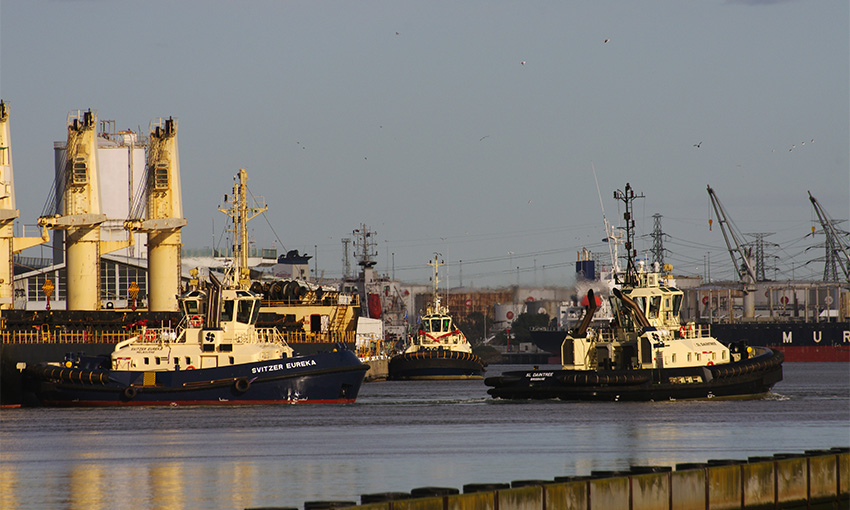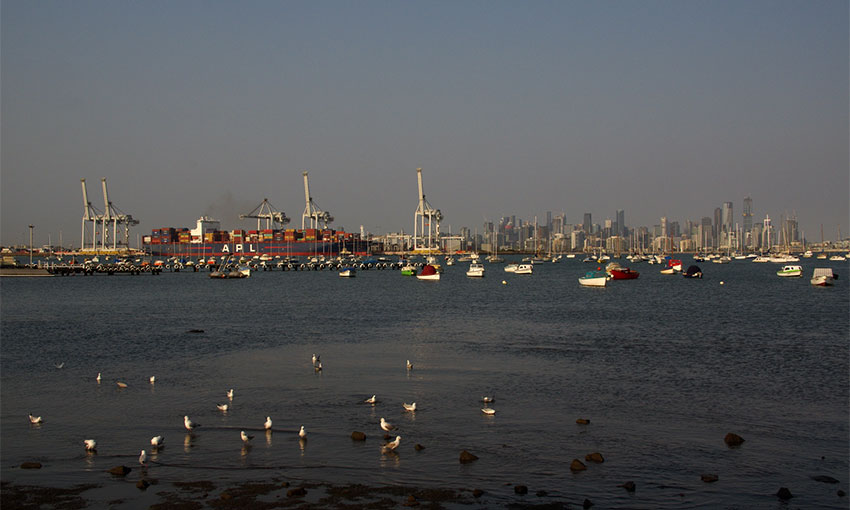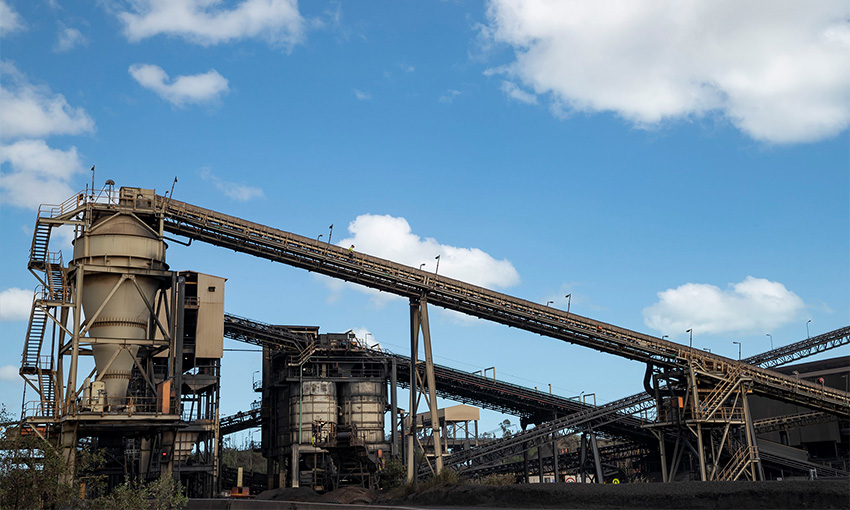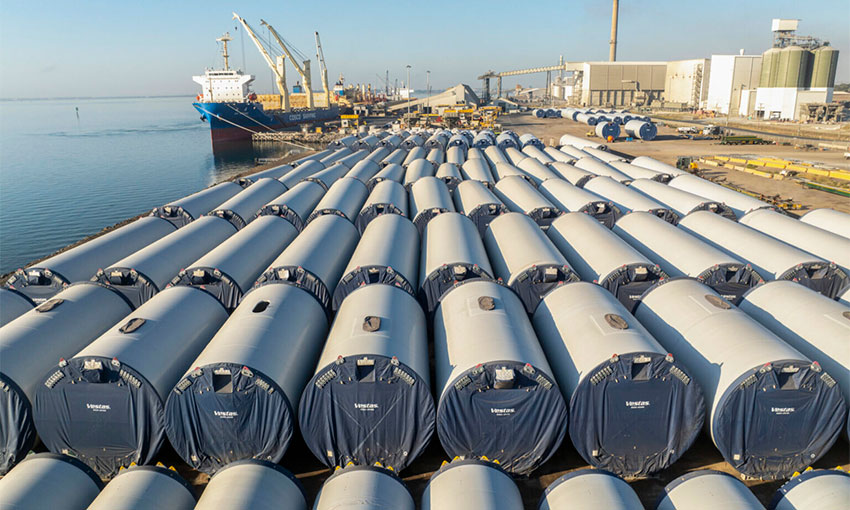THE Victorian Farmers Federation has called for greater efficiency across Australian ports to ease pressures on the agriculture supply chain.
The federation’s call for government action reinforces its submission to the Productivity Commission’s inquiry into Australia’s Maritime Logistics System earlier this month.
The submission highlighted the agriculture industry’s reliance on shipping networks to export products to overseas markets, and the consequential impacts of port inefficiencies.
VFF infrastructure and transport chair Ryan Milgate said pressure on the agriculture supply chain is being compounded by high port and stevedore costs, insufficient regulation, and low productivity.
“We need both the Victorian and federal governments to work together to stop Australia becoming a destination of last resort,” Mr Milgate said.
“Even before the pandemic Australia had some of the least efficient ports in the world and this has only gotten worse during COVID-19.
“Not only are we facing massive delays and difficulty accessing ports, we continue to face escalating port and stevedore charges.”
Mr Milgate said insufficient port regulation is contributing to high costs of aggregate rent per square metre at the Port of Melbourne, more than double that of any other port in the country.
He noted the Essential Services Commission’s recent inquiry into Port of Melbourne compliance had found significant and sustained non-compliance with regard to pricing.
“As a critical monopoly infrastructure that is central to the prosperity of Australians, it is imperative that there is greater regulatory oversight of port and stevedore pricing,” he said.
“These high costs and delays across port operations really risk doing long term damage to our vital export markets and makes Australia less attractive for international shipping lines.
“It makes it incredibly hard for Victorian farmers to maintain access to export markets under these conditions.”
Mr Milgate said the government should act to relieve pressure to support farmers, who are facing flow-on costs.
“The longstanding domestic port inefficiencies act as a real disincentive to visit Australian ports and add more cost to landside costs to shipping services.”





